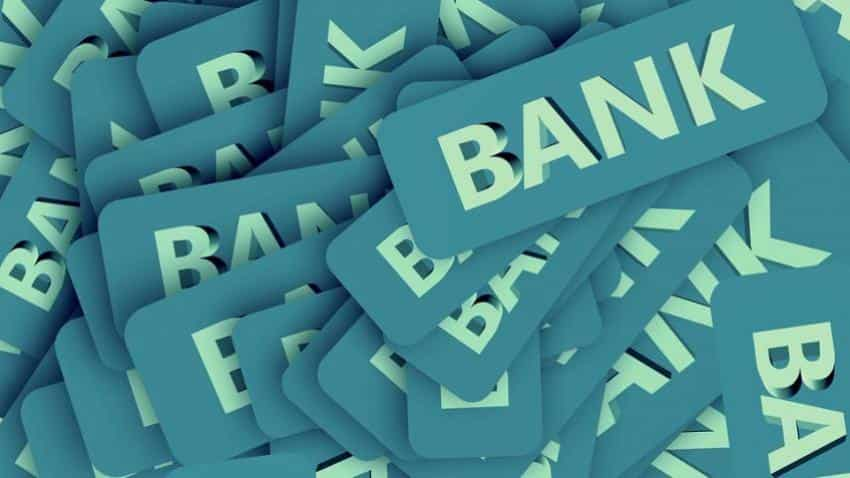RBI warns of more NPA pain, sees bad loans topping 10% by March
Level of GNPAs of large borrowers increased between September 2016 and March 2017, their restructured standard advances declined during the same period resulting in a reduction of total stressed advances by 1.8%.

The Reserve Bank today warned that asset quality of banks continued to remain weak with gross non-performing loans rising to 9.6% in the year to March 2017 and may rise to 10.2% by next March.
Gross non-performing assets stood at 9.2% in the September 2016.
The net non-performing advances (NNPA) ratio marginally increased to 5.5% in March 2017 from 5.4% in September 2016, the RBI said in its Financial Stability Report (FSR) released here.
The stressed advances ratio declined from 12.3% to 12% due to fall in restructured standard advances, the report added.
"While there is a fall in stressed advances ratio in agriculture, services and retail sectors, the stressed advances ratio in industry sector, however, rose from 22.3% to 23%, mainly on account of sub-sectors such as cement, vehicle, mining & quarrying and basic metals," the report said.
According to a macro-stress test for credit risks, banks gross NPAs may rise to 10.2%.
"The stress test indicated that under the baseline scenario, the average GNPA ratio of all commercial banks may increase from 9.6% in March 2017 to 10.2% by March 2018," the report said.
In FY17, accretion of new NPAs from restructured standard advances declined.
Large borrowers account for 56% of gross advances and 86.5% of GNPAs, whereas, top 100 large exposures account for 15.2% of gross advances, the report said.
Non-performing accounts within top 100 exposures contribute to 25.6% of GNPAs.
While the level of GNPAs of large borrowers increased between September 2016 and March 2017, their restructured standard advances declined during the same period resulting in a reduction of total stressed advances by 1.8%.
The category 2 of special mention accounts (SMA-2) as percentage of gross advances also declined across bank groups. The report further said banks' share in the flow of credit, which was around 50% in 2015-16 declined sharply to 38% in 2016-17.
However, the aggregate flow of resources to the commercial sector was not affected owing to a sharp increase in private placements of debt by non-financial entities and net issuance of commercial papers.
"The aggregate share of these two in total credit flow to commercial sector rose to 24.3% in 2016-17," the report said.
Get Latest Business News, Stock Market Updates and Videos; Check your tax outgo through Income Tax Calculator and save money through our Personal Finance coverage. Check Business Breaking News Live on Zee Business Twitter and Facebook. Subscribe on YouTube.
RECOMMENDED STORIES

Senior Citizen Latest FD Rates: Know what major banks like SBI, PNB, Canara Bank, HDFC Bank, ICICI Bank are providing on fixed deposits

Gratuity Calculator: Rs 38,000 as last-drawn basic salary, 5 years and 5 months of service; what will be gratuity amount?

EPFO Pension Schemes: Early pension, retirement pension, nominee pension and 4 other pension schemes that every private sector employee should know

Top 5 Small Cap Mutual Funds with best SIP returns in 1 year: See how Rs 25,000 monthly investment has grown in each scheme

Top 7 SBI Mutual Funds With Best SIP Returns in 1 Year: Rs 25,000 monthly SIP investment in No.1 fund has jumped to Rs 3,58,404
07:33 PM IST











 RBI cancels licence of Vijayawada-based Durga Co-op Urban Bank
RBI cancels licence of Vijayawada-based Durga Co-op Urban Bank  Reserve Bank amends master direction on KYC
Reserve Bank amends master direction on KYC  Nearly 98% of Rs 2000 banknotes returned; Rs 6,970 crore worth notes still with public
Nearly 98% of Rs 2000 banknotes returned; Rs 6,970 crore worth notes still with public Rupee settles on flat note, rises 1 paisa to 84.07 against US dollar
Rupee settles on flat note, rises 1 paisa to 84.07 against US dollar  Retail inflation likely to average 4.5% in FY25: RBI Deputy Governor
Retail inflation likely to average 4.5% in FY25: RBI Deputy Governor